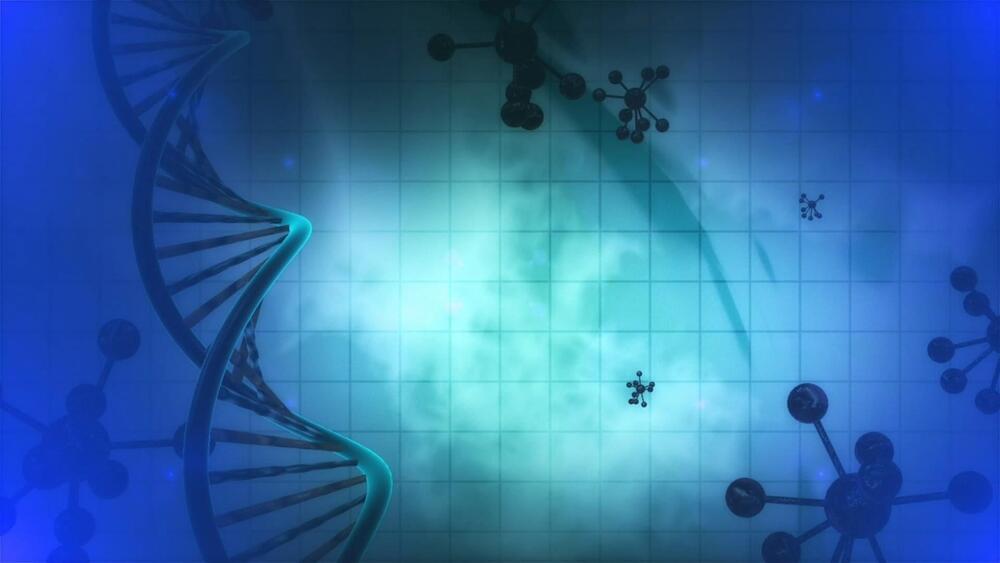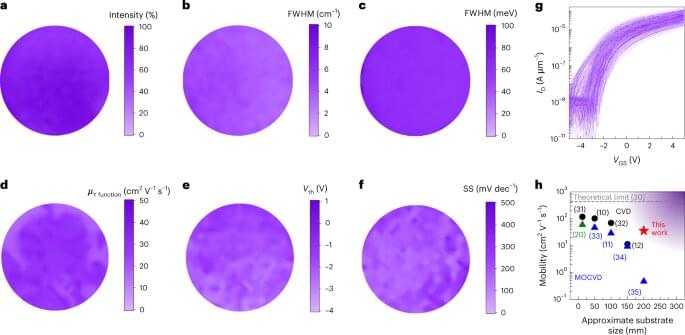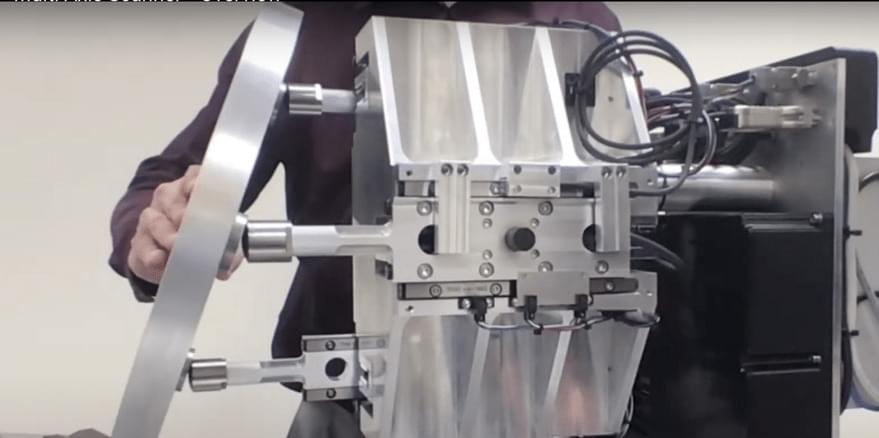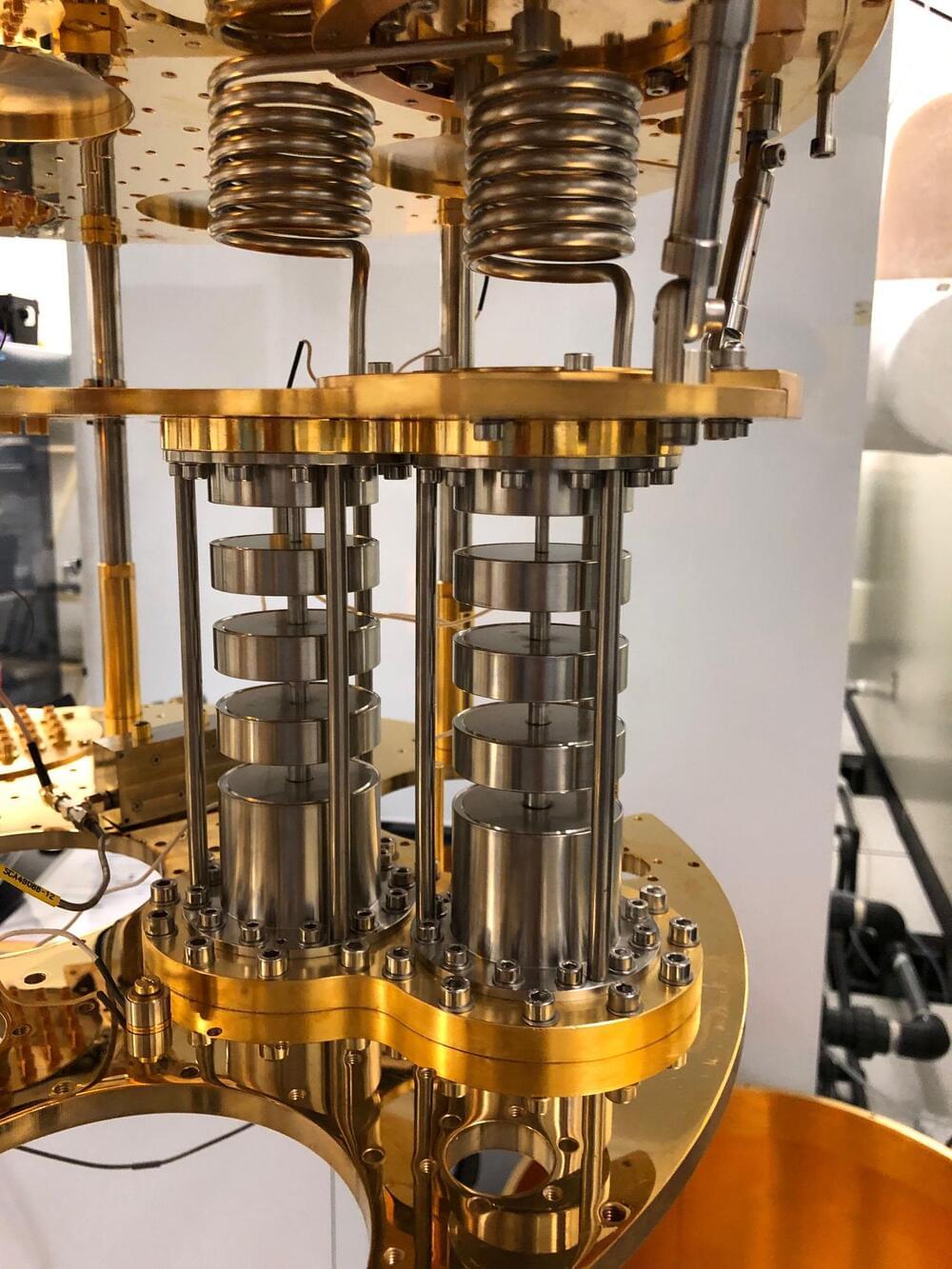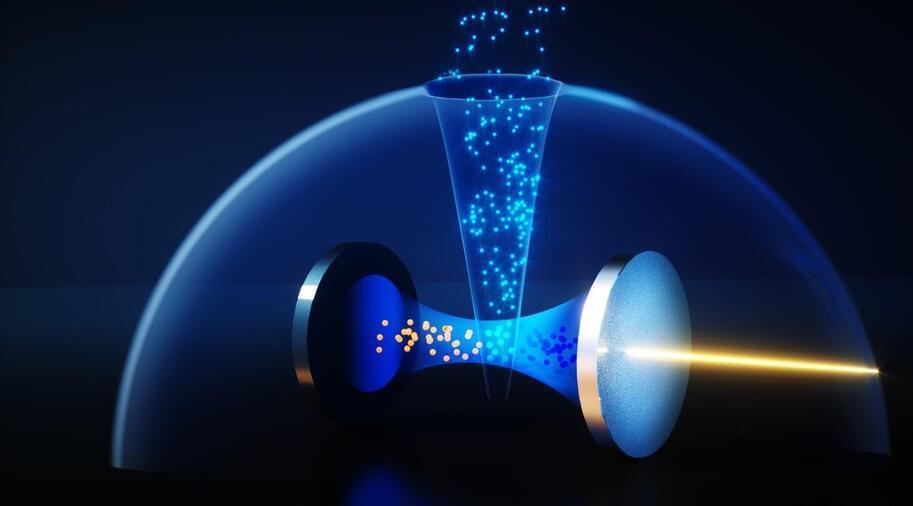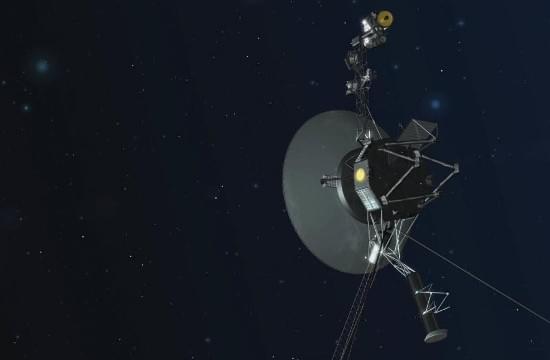Apr 27, 2023
DNA methylation markers for increased risk of schizophrenia identified for first time in newborns
Posted by Saúl Morales Rodriguéz in categories: biotech/medical, neuroscience
An international research team led by investigators at Virginia Commonwealth University has identified for the first time markers that may indicate early in life if a person has susceptibility to schizophrenia.
The ability to predict the risk of developing schizophrenia later in life may allow early detection and intervention, which the researchers hope can reduce the impact of the disease on individuals, families and communities. Their results have been published in Molecular Psychiatry.
Schizophrenia is a serious psychiatric disorder that is most often detected in young adulthood. It affects as much as 1% of the world population and can cause debilitating effects such as a sense of losing touch with reality. People with the disorder are up to three times more likely to die early and often face discrimination, social isolation and debilitating physical illness, according to the World Health Organization.
